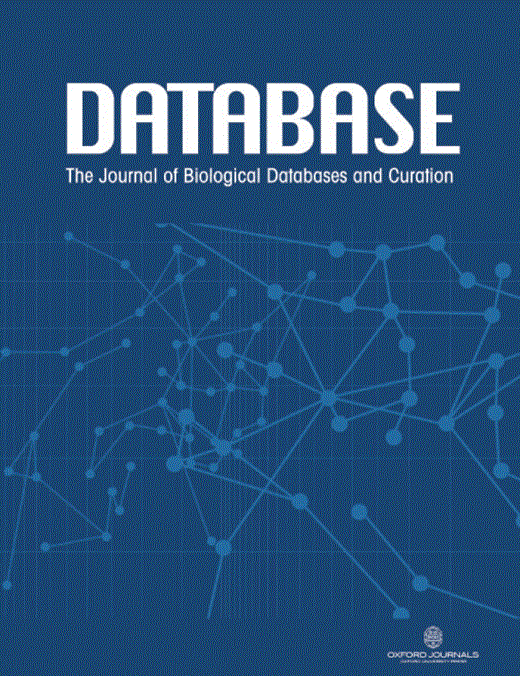※ Overview
Protein phosphorylation, one of most important post-translational modifications (PTMs), orchestrates a wide spectrum of signal transduction pathways through by mainly modifying specific serine (S), threonine (T) or tyrosine (Y) residues on targeted substrates. (Tim, et al., 2022; Battaglioni, et al., 2022; Shindo, et al., 2023). more details >>>
▼ Functional Sites
*Functional phosphorylation sites refer to specific sites that affect the activity, structure and function of proteins and downstream biological processes through phosphorylation modification.
▼ Statistics
 |
|
For publication of results please cite the following articles:  EPSD: a well-annotated database of protein phosphorylation sites in eukaryotes.
EPSD: a well-annotated database of protein phosphorylation sites in eukaryotes.Shaofeng Lin, Chenwei Wang, Jiaqi Zhou, Ying Shi, Chen Ruan, Yiran Tu, Lan Yao, Di Peng and Yu Xue. Briefings in Bioinformatics, 2020, bbz169. [Abstract] [FREE Full Text] [PDF][Supplementary Data]  dbPAF: an integrative database of protein phosphorylation in animals and fungi.
dbPAF: an integrative database of protein phosphorylation in animals and fungi.Shahid Ullah, Shaofeng Lin, Yang Xu, Wankun Deng, Lili Ma, Ying Zhang, Zexian Liu and Yu Xue. Scientific Reports, 2016, 6:23534, doi:10.1038/srep23534 [Abstract] [FREE Full Text] [PDF] [Supplementary Data]  dbPPT: a comprehensive database of protein phosphorylation in plants.
dbPPT: a comprehensive database of protein phosphorylation in plants.Han Cheng, Wankun Deng, Yongbo Wang, Jian Ren, Zexian Liu and Yu Xue. Database, 2014, 2014: bau121 [Abstract] [FREE Full Text] [PDF] [Supplementary Data] |
 |



